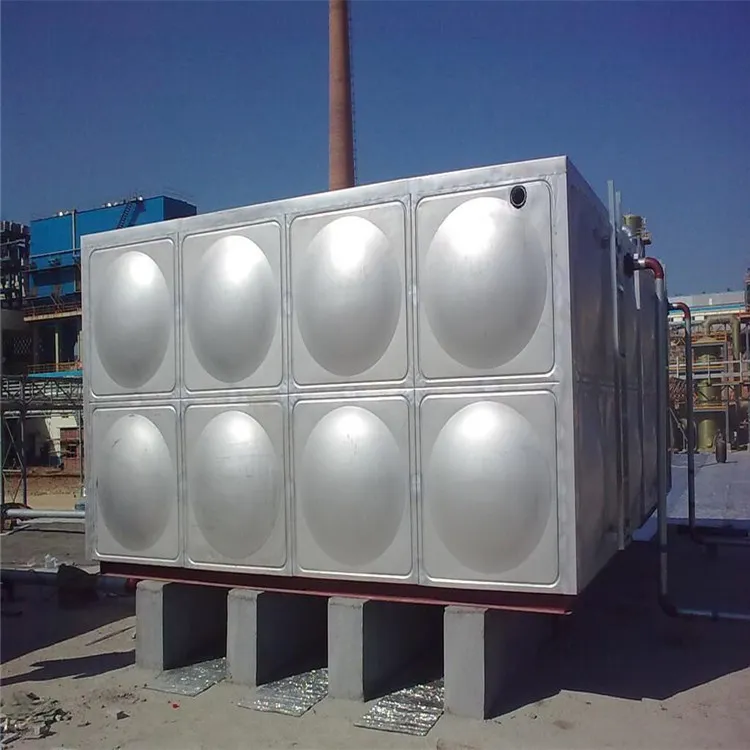loading...
- No. 9, Xingyuan South Street, Dongwaihuan Road, Zaoqiang County, Hengshui, Hebei, China
- admin@zjcomposites.com
- +86 15097380338
- Welcome to visit our website!
Effective Solutions for Treating Well Water Quality Issues and Ensuring Safety
Well Water Treatment Ensuring Clean and Safe Water Supply
Water is essential for life. It not only quenches our thirst but also plays a crucial role in sanitation, agriculture, and industry. For many rural communities and households, well water serves as the primary source of drinking water. However, while well water may appear clean and fresh, it can often harbor contaminants that pose serious health risks. Therefore, understanding and implementing effective well water treatment is critical to ensuring a safe and reliable water supply.
Understanding Well Water Contamination
Well water can become contaminated through various means—natural and anthropogenic. Common sources of contamination include
1. Microbial Contaminants Bacteria, viruses, and parasites are some of the most significant concerns. Sources include animal waste, septic systems, and surface runoff.
2. Chemical Contaminants These can arise from agricultural practices (pesticides and fertilizers), industrial discharges, and natural mineral deposits. Heavy metals like lead, arsenic, and nitrates are examples of harmful chemicals that may leach into the groundwater.
3. Physical Contaminants Sediments, turbidity, and other suspended particles can affect water clarity and quality.
Regular testing of well water is essential to identify potential contaminants. The U.S. Environmental Protection Agency (EPA) recommends yearly testing for bacteria and nitrates, with additional testing for other contaminants based on local conditions and possible sources of pollution.
Treatment Methods for Well Water
Once contaminants have been identified, appropriate treatment methods can be employed to ensure the water is safe for consumption
. Common well water treatment methods includewell water treatment

1. Filtration This method physically removes particles, sediments, and some microorganisms from the water. Various types of filters exist, including activated carbon filters, sand filters, and reverse osmosis systems.
2. Disinfection To eliminate harmful microbes, disinfection processes such as chlorination, ultraviolet (UV) light treatment, and ozonation can be employed. Chlorination is a widely used method, but care must be taken to manage chlorine levels to avoid harmful byproducts.
3. Chemical Treatment In cases where specific chemical contaminants like heavy metals are present, targeted chemical treatments may be necessary. For example, ion exchange can be used to remove hard minerals, while activated alumina can effectively reduce arsenic levels.
4. Water Softeners These systems are specifically designed to reduce hardness in well water, primarily caused by calcium and magnesium. Using ion exchange technology, water softeners can prevent scale buildup in pipes and appliances, improving overall efficiency.
Regular Maintenance and Monitoring
Well water treatment is not a one-time solution but rather an ongoing process. Regular maintenance of treatment systems is crucial for optimal performance. This includes changing filters, cleaning tanks, and testing water periodically to ensure safety.
In addition to individual well monitoring, community-based efforts can have a significant impact on overall water quality. Local health departments and environmental agencies often provide resources, guidance, and support for regular testing and safe well practices.
Conclusion
Well water can be a lifeline for many communities, but it requires proper treatment and maintenance to ensure safety and quality. By understanding the potential for contamination and actively engaging in water treatment practices, we can protect ourselves and our families from waterborne illnesses and contaminants. Regular testing, efficient treatment methods, and continued education are vital components in managing well water effectively. In a world where clean water is increasingly scarce, taking the necessary steps to treat and maintain our water supply is not just a necessity—it's a responsibility we all share.
-
The Rise of FRP Profiles: Strong, Lightweight, and Built to LastNewsJul.14,2025
-
SMC Panel Tanks: A Modern Water Storage Solution for All EnvironmentsNewsJul.14,2025
-
GRP Grating: A Modern Solution for Safe and Durable Access SystemsNewsJul.14,2025
-
Galvanized Steel Water Tanks: Durable, Reliable, and Ready for UseNewsJul.14,2025
-
FRP Mini Mesh Grating: The Safer, Smarter Flooring SolutionNewsJul.14,2025
-
Exploring FRP Vessels: Durable Solutions for Modern Fluid HandlingNewsJul.14,2025
-
GRP Structures: The Future of Lightweight, High-Performance EngineeringNewsJun.20,2025
